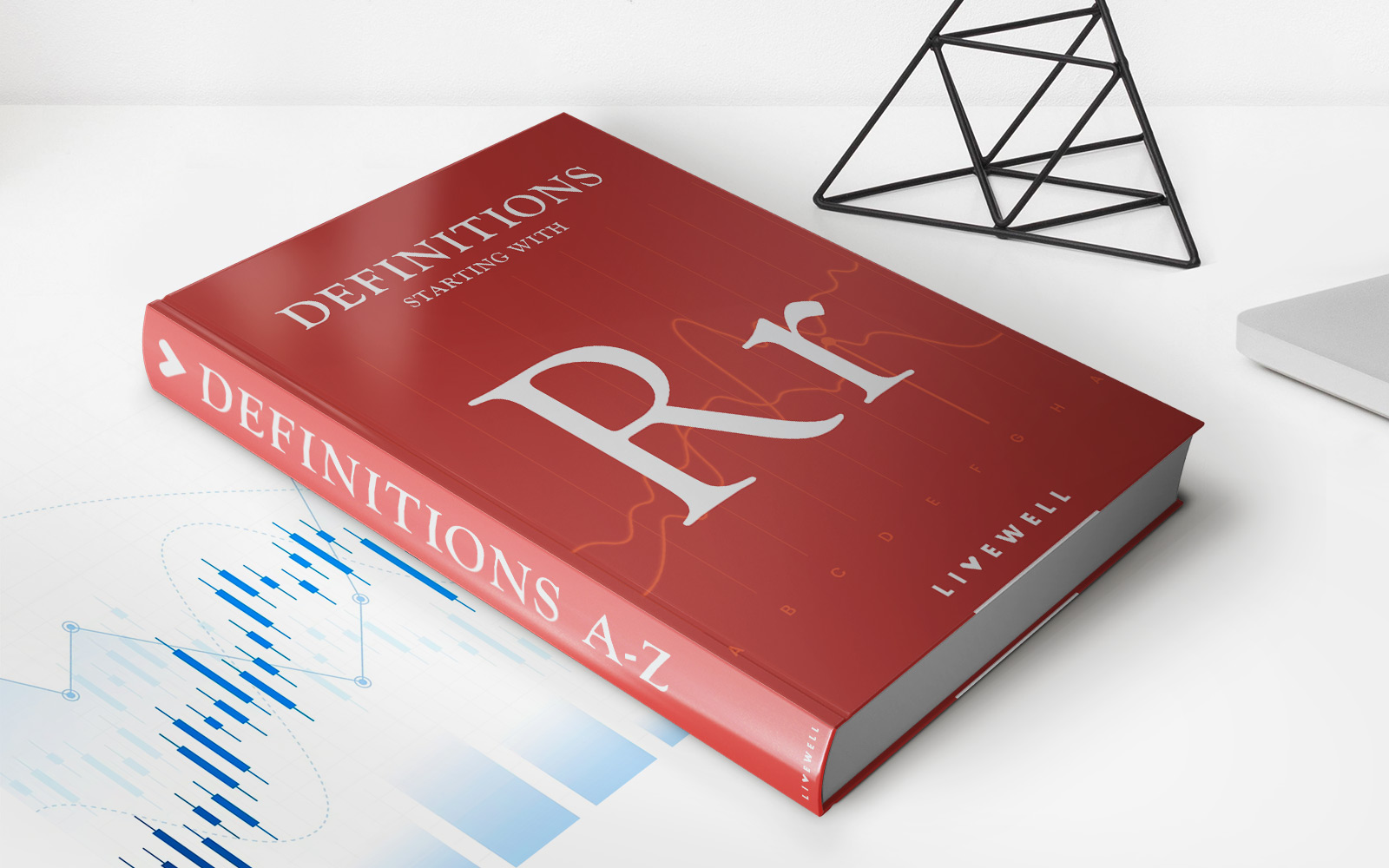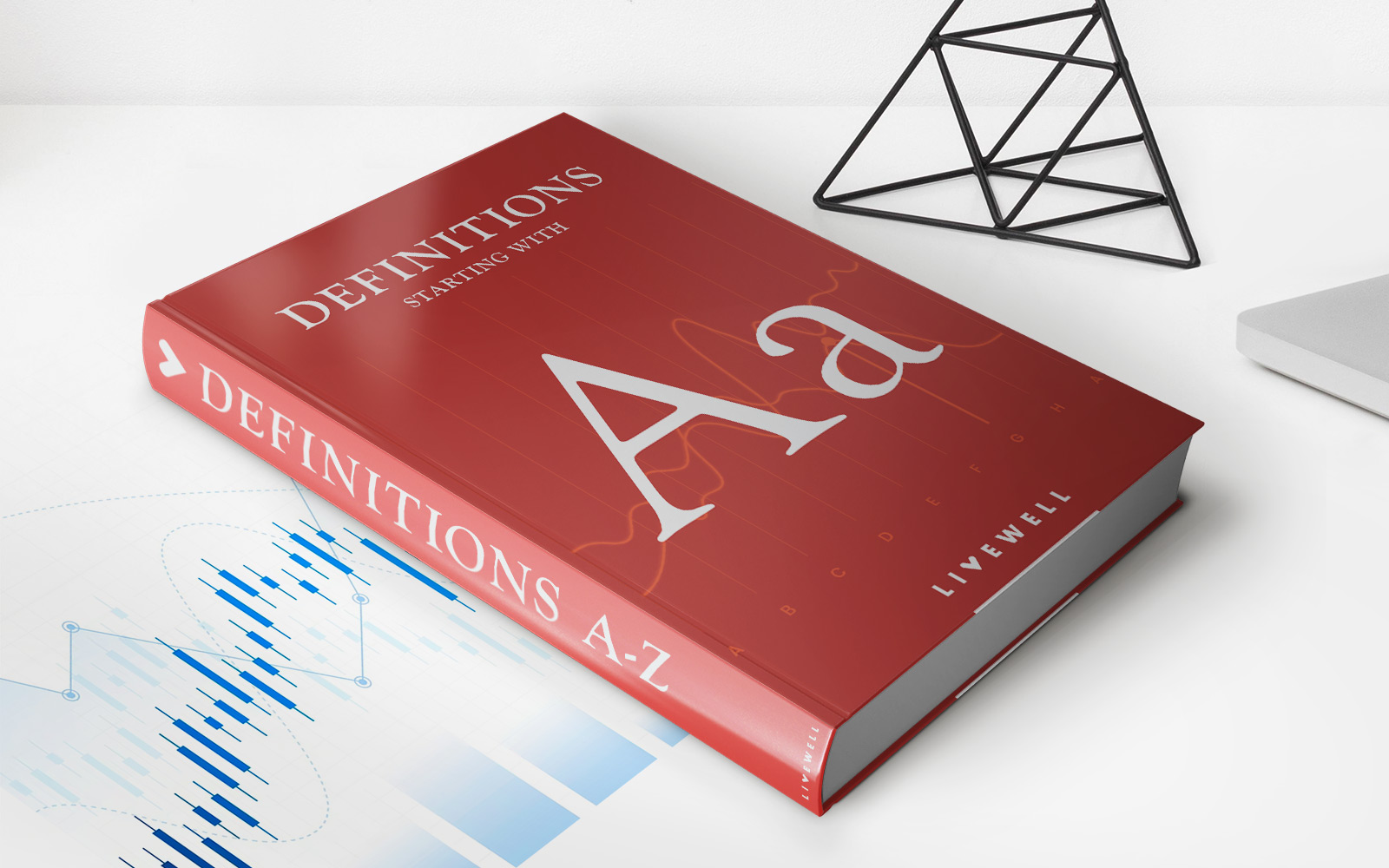Home>Finance>Ring-Fence: Definition In Finance Accounting And Legality


Finance
Ring-Fence: Definition In Finance Accounting And Legality
Published: January 21, 2024
Learn the definition of ring-fence in finance accounting and its legality. Understand the key aspects of ring-fencing within the finance industry.
(Many of the links in this article redirect to a specific reviewed product. Your purchase of these products through affiliate links helps to generate commission for LiveWell, at no extra cost. Learn more)
Understanding Ring-Fence: Definition in Finance Accounting and Legality
Whether you are a seasoned investor, a business owner, or simply interested in understanding complex financial concepts, having knowledge of the term “ring-fence” is essential. In this blog post, we will explore the definition of ring-fence in finance, accounting, and its legality. By the end, you’ll have a clear understanding of what this term means and how it can impact various financial structures.
Key Takeaways:
- Ring-fencing refers to the act of isolating certain assets or funds to protect them from being used for other purposes.
- Ring-fencing can provide legal protection for investors, creditors, and stakeholders, as well as ensuring the efficient management of financial resources.
The Definition of Ring-Fence in Finance
In finance, ring-fencing serves as a mechanism to safeguard specific assets, funds, or businesses from being impacted by external risks or activities. It essentially creates a separation between certain financial resources and the rest of the organization or financial structure, ensuring they are protected and can be managed in a more focused manner.
Rather than having all funds and assets commingled, ring-fencing allows for the creation of distinct compartments within an organization’s finances. These compartments may represent different business units, divisions, or specific resources that require protection or special attention. The purpose of this separation is to mitigate risks and ensure that financial resources are used efficiently and appropriately.
The Role of Ring-Fencing in Accounting
In accounting, ring-fencing helps create a clear delineation between different financial accounts or entities, making it easier to track and manage their performance. By segregating certain funds or assets, organizations can accurately measure the financial health of isolated components, making it simpler to analyze their performance and allocate resources accordingly.
This accounting practice allows for greater transparency and accountability, enabling stakeholders, such as investors or creditors, to assess the overall financial position of the organization with confidence. Additionally, it provides a framework for identifying potential risks or problems within a specific compartment, allowing prompt action to be taken to mitigate them.
The Legality of Ring-Fencing
The legality of ring-fencing can vary depending on the jurisdiction and the specific application. In some cases, ring-fencing is mandated by regulations to protect investors, creditors, or the general public. These legal requirements aim to ensure that certain assets or funds are not put at risk due to the activities of an organization or its other entities.
Ring-fencing can also be implemented voluntarily by organizations to manage risks, gain a competitive advantage, or enhance corporate governance. It allows businesses to exert greater control over specific resources and minimize potential liabilities.
Key Benefits of Ring-Fencing
Implementing ring-fencing within financial structures can bring several benefits:
- Protection: Ring-fencing safeguards specific assets or funds from being used for unintended purposes, providing legal protection and minimizing risks for investors, creditors, and stakeholders.
- Improved Resource Management: By separating different entities or resources, organizations can manage them more efficiently, focusing on their unique needs and objectives.
- Enhanced Transparency: Ring-fencing enables clearer reporting and accounting, allowing for better analysis of performance and easier identification of any issues or concerns.
- Risk Mitigation: By isolating high-risk components, ring-fencing reduces the potential for contagion and minimizes the impact of adverse events on the overall organization.
Understanding the concept of ring-fencing is vital for individuals involved in finance, accounting, and investments. By comprehending its definition, application, and legality, you can make more informed decisions and protect your financial interests in today’s ever-changing economic landscape.














